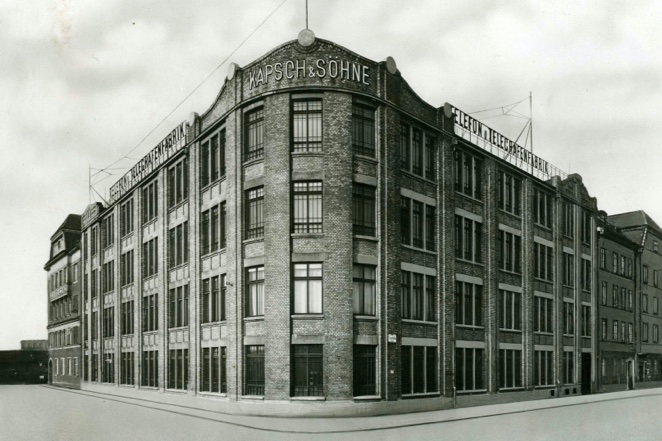
Kapsch Group –
The history
Since the end of the 19th century, Kapsch has been both an innovator and a technological pioneer. Always a top priority: meeting the needs of those using the technology.
In regard to many technological milestones – both past and present – Kapsch has always been one step ahead, contributing advanced solutions:
- production of the first portable transistor radio
- participation in the digitalization of Austrian telephony
- introduction of trend-setting tolling systems around the globe
Embark on an exciting journey of discovery through the history of Kapsch!
1892: The year Kapsch was founded
It all started in 1892: Johann Kapsch founded a precision mechanics workshop in Vienna’s Neubau district. One of the first customers: the Austrian postal and telegraph authorities. 20 years later, the small workshop had grown into a sizeable company, including an on-premise factory in Vienna's Meidling district. Even the First World War initially had no effect on the company’s growth and success. Telecommunications equipment was needed by railroad operators and the postal service, as well as by the armed forces.
1918: Kapsch continues on the road to success
When the war ended in 1918, Kapsch was able to build on its prior, pre-war successes:
- The company continued to supply its customers in Prague, Trieste, and Zagreb.
- Business relationships with the postal and telegraph authorities were intensified.
The expansion of the telephone network and the construction of semi-automatic switchboards, in particular, helped Kapsch generate good profits.
1923: Start of the radio age
In 1923, Kapsch manufactured its first radio receiver. A year later, the company became a founding member of RAVAG, the Radioverkehrsgesellschaft (radio transmission company). Regular broadcasts began in Vienna in October 1924. The growth of the industry brought along the need for an expansion in manufacturing capacity: in 1927, Kapsch opened another factory.
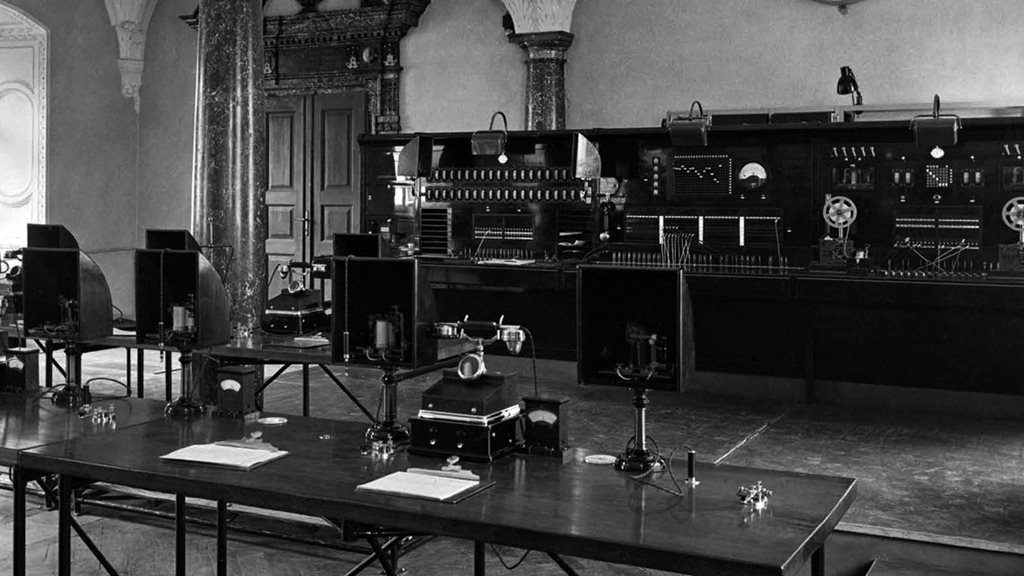
The telegraph office had a central telephone switchboard with light bulb signaling, a telegraph device and various items of telephone equipment. Light bulbs indicated an active call connection and thus replaced the drop flaps.
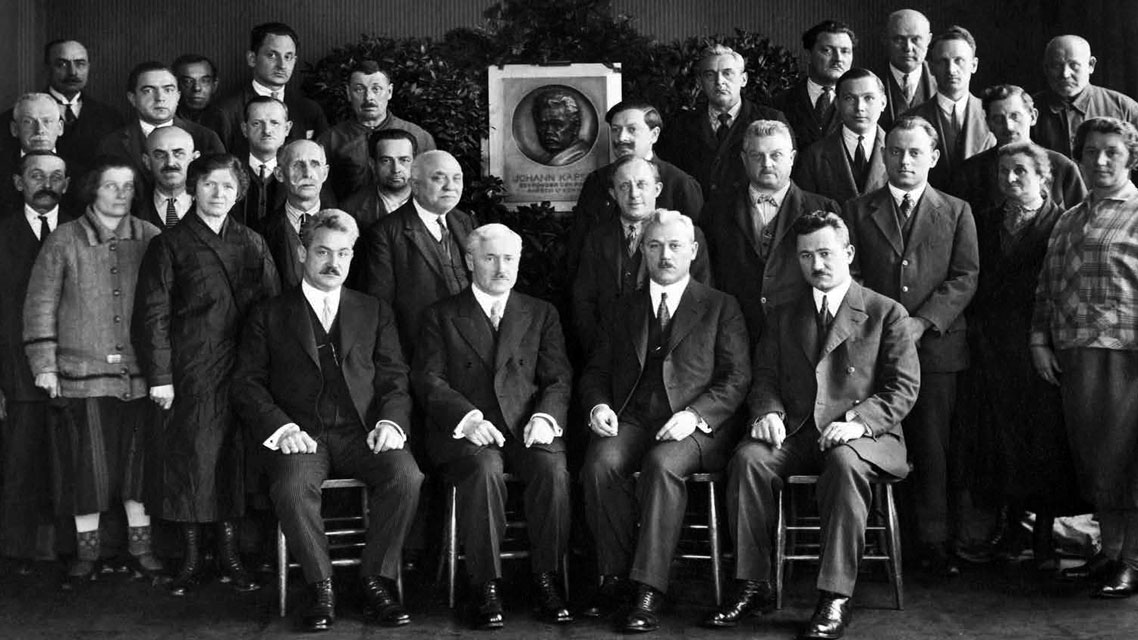
The four sons of Johann Kapsch can be seen in the first row: Karl, Johann, Josef and Wilhelm Kapsch (from left to right). Karl was the strategist and director of the company, Johann was responsible for operations, Josef was responsible for sales and Wilhelm was chairman of the supervisory board.
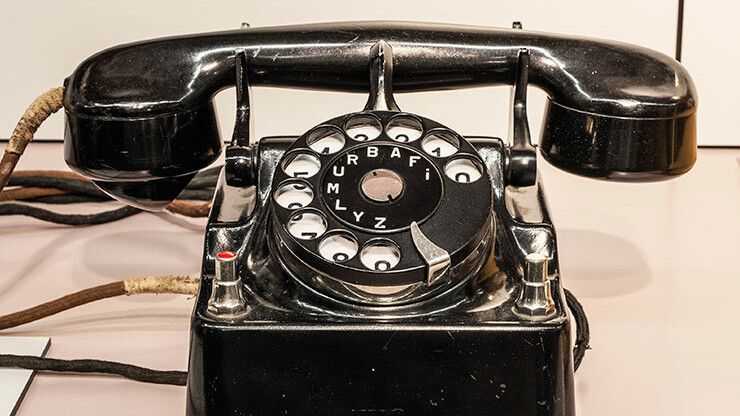
This telephone was extremely practical: a ring was located in the center that allowed the telephone to be lifted up with a finger. This made it possible to carry the device and use it to make a telephone call at the same time.
1938: Kapsch in a key role
In 1938, Austria became part of the German Reich – another war was on the horizon. Kapsch was active in an industry that was vital to the war effort. Like other radio and wireless equipment manufacturers, the company became an important supplier to the armed forces and state authorities. There was a high demand for radio equipment, radios, as well as batteries and capacitors. The number of employees increased as well: by 1943, more than 3,000 people worked for Kapsch.
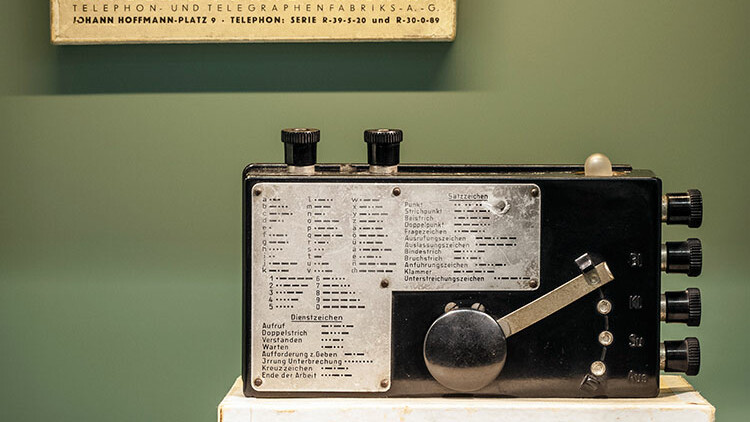
As the description stated, this device could be used by ‘future telegraph operators’ to practice Morse Code. It was recommended for the military, police, schools and boy scouts.
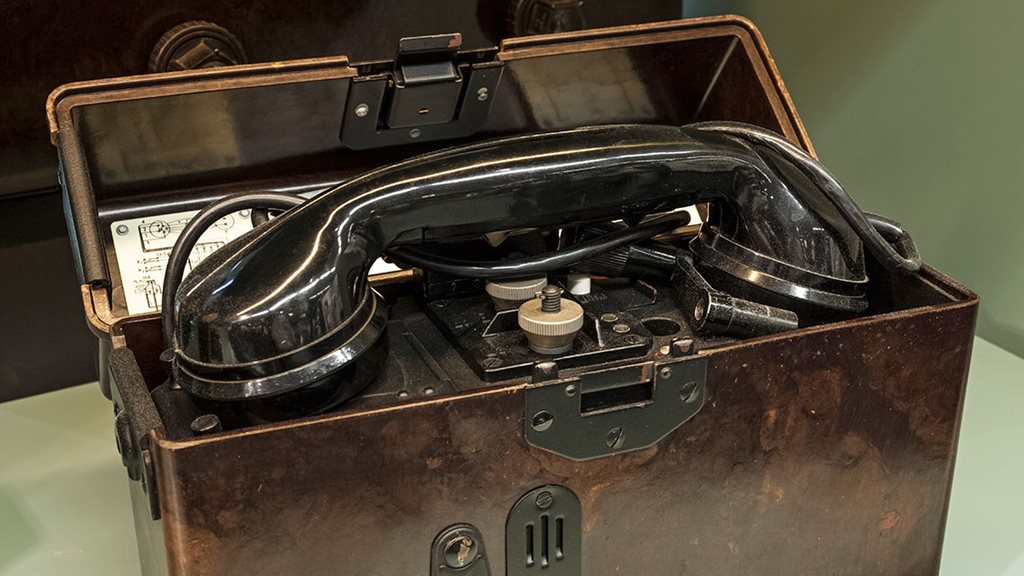
This device was produced in multiple varieties between 1933 and 1945. A crank inductor generates the voltage to make the call. These devices were also used by the Reichspost (postal service) as portable telephones.
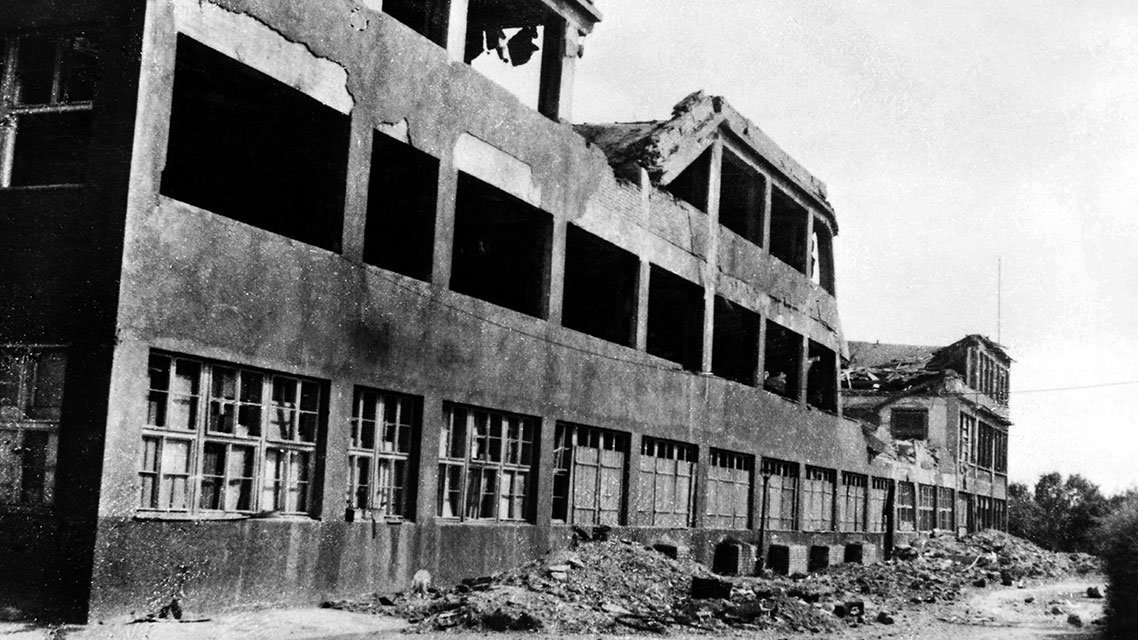
Vienna was increasingly exposed to the bombing raids of the Allies since the spring of 1944. Many of the employees were forced to run across to the 6th district to find vacant spaces in the bomb shelters. Some parts of the production were moved to the countryside, including the Waldviertel region and close to lake Attersee. At the beginning of April 1945, Soviet troops ended the National Socialist regime in Vienna and eastern Austria.
1945: From challenges come innovations
Even in difficult times, Kapsch remained at the forefront of innovation: In 1945, some of the company’s factories had been severely damaged by bombings. A great deal of the equipment had been seized by the occupying Soviet troops. There was also a lack of primary materials. However, Kapsch did not let these adverse circumstances hamper innovation: radios became smaller and more powerful, and the company introduced its first television sets in the mid-1950s.
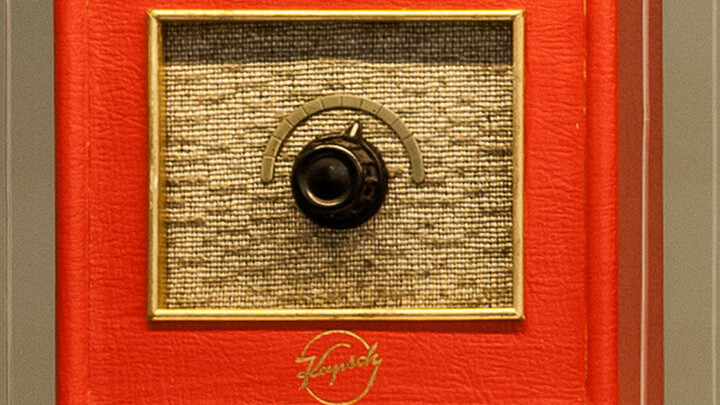
The ‘Mucki’ was a typical design by Kapsch’s chief engineer, Josip Sliškovič. He demonstrated his talents by designing devices that were as small as possible and minimized the space taken up by the technology. The device was available in brown, red, green or blue.
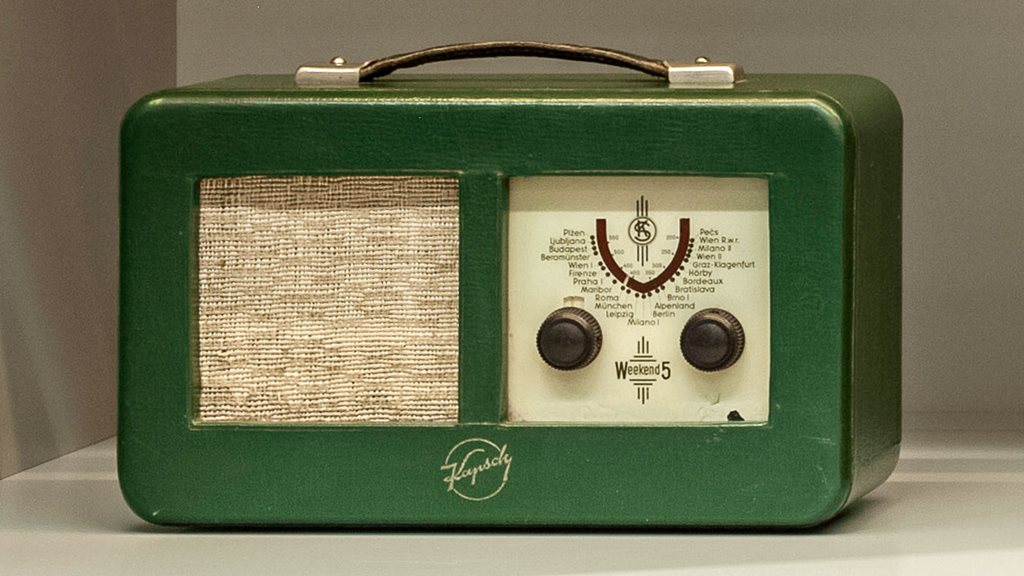
The ‘Weekend 5‘ was the first and smallest continental portable travel radio. The number 5 referred to the five tubes. The radio featured a built-in loop antenna and, thanks to the self-illuminated station display, could also be operated in the dark.
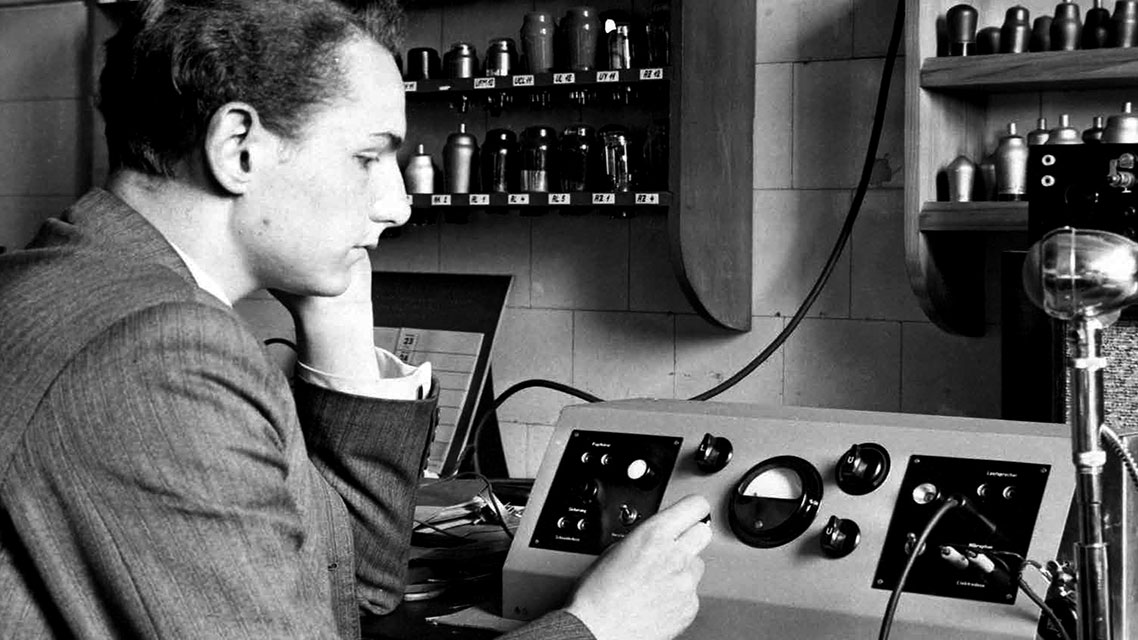
Karl Kapsch was presumably testing an amplifier here; a microphone can be seen on the right. It could have been the control panel of a loudspeaker system.
1953: Expansion in telecommunications
In the 1950s, security forces and railroad operators were increasingly being outfitted with radio equipment. Kapsch recognized the significance of this market and took on the position of general agent for the German Telefunken GmbH in Austria in 1953. The company was finally able to offer a complete spectrum of services in the realm of telecommunications.
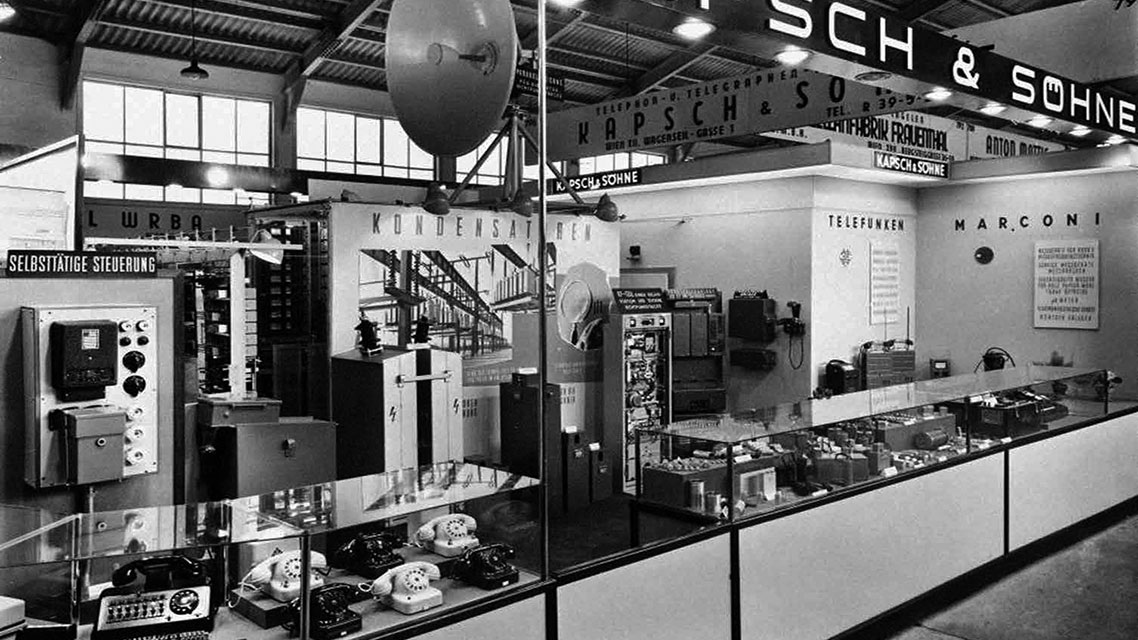.jpg)
Kapsch presented radiotelephones, components for Austrian radio link systems, high-voltage capacitors, capacitors and type W 48 telephones.
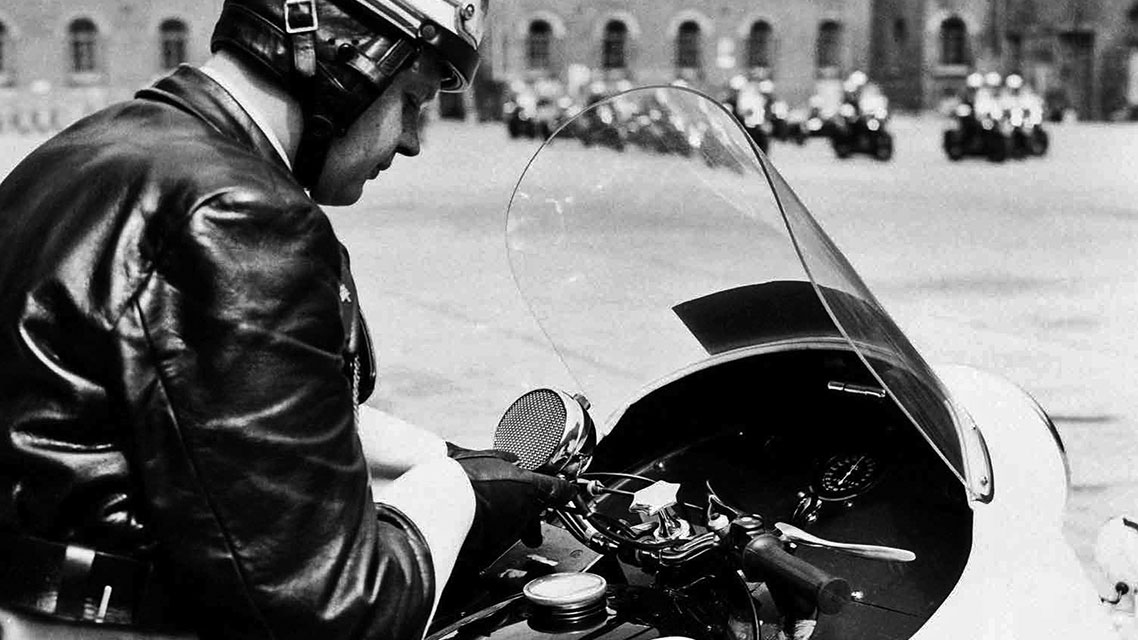
Kapsch’s partner Telefunken equipped Vienna’s police motorcycles with radio telephones. The photograph shows a police officer at Vienna’s Rossauer Barracks.
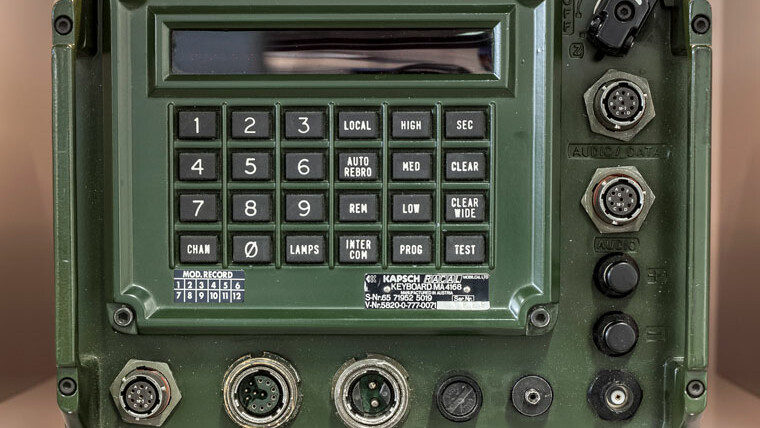
Such devices were purchased as a licensed product from the British company Racal to equip the mechanized units of the Austrian armed forces. The equipment had a range of up to 30 kilometers.
1970: A reliable partner for railroad and aircraft radio communications
Between 1970 and the 1990s, Kapsch equipped all main railroad lines of the Austrian Federal Railways with train radio. Initially, Kapsch exported its know-how to Central and Eastern Europe – then to the rest of the world. Kapsch has also been active in air traffic control for several decades.

The breakthrough in air traffic control came in the 1970s with the medium-range radar system located on the Koralpe. Kapsch delivered and installed the antenna technology, constructed the radar dome (the closed protective casing for the antennas) and handled facilities engineering. Transport of the panels up the 2,000 meters high Koralpe was an adventure; the materials had to be hauled up the mountain using military tanks.
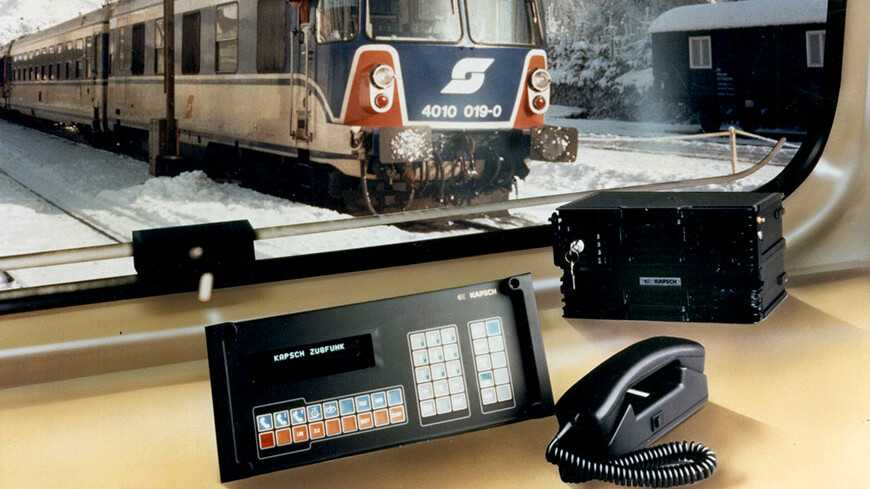
Together with ÖBB Kapsch developed a new generation of devices in the 1980s called ‘Zugfunk 2000‘. The first device of this type entered into use in 1988 – and was also the first to come from in-house production.
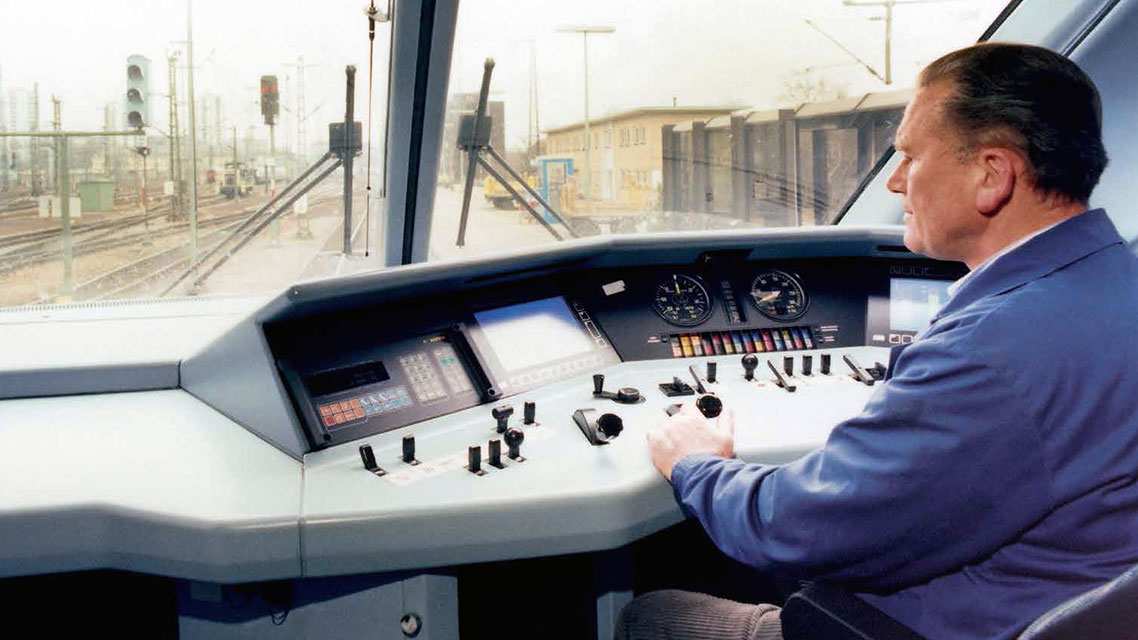.jpg)
‘Zugfunk 2000‘ offered various communication options – voice as well as data transmission between train drivers, conductors and train stations.
1981: From voice to data
In telephony, technical developments progressed in stages: in 1981, the decision was made in favor of a digital telephone system in Austria. In order to successfully overcome the challenges of digitalization, Kapsch began working with the Canadian company Nortel in 1982 and continued to manufacture its own terminal devices for quite some time. In 2001, the telephone and data networks divisions became Kapsch CarrierCom AG (KCC).
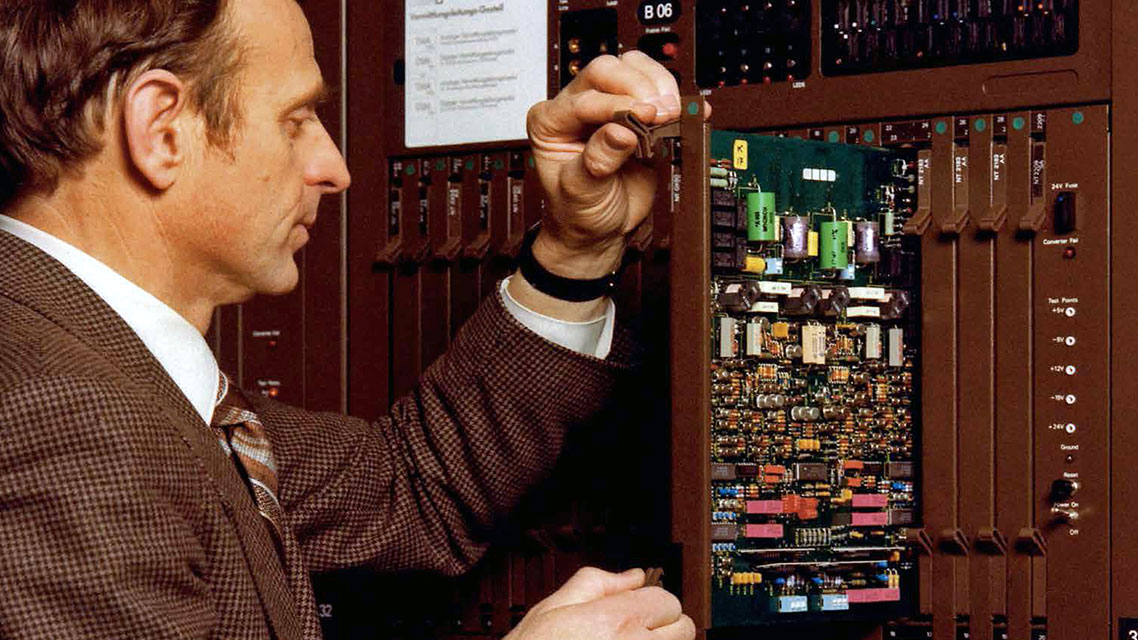
In 1987, the second telephone exchange based on digital technology began operations in Favoriten. The insertion of a circuit board is pictured here. The end of analog communication technology brought about serious changes for the company: labor-intensive components such as cable harnesses were replaced by electronic components; as a result, fewer, but better qualified employees were needed.
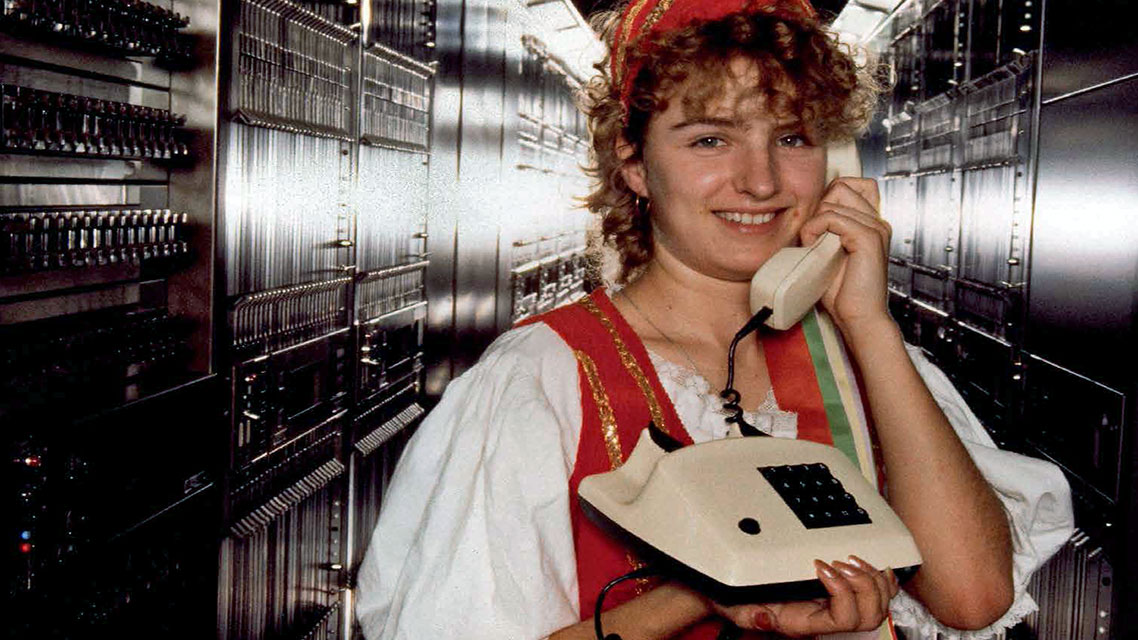
Shortly after the first digital telephone exchanges were installed in Austria, Kapsch became interested in the Eastern market. It was not until 1987 that Western high-technology was allowed to be delivered to the countries behind the Iron Curtain. The first stage of expansion of the digital telephone network in Hungary opened in 1989.
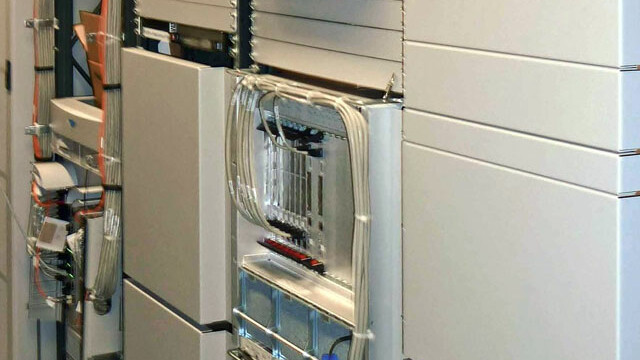
Having completed the digitalization of the Austrian voice telephone network in 1999, Kapsch embarked on the further development of landline telephony in the direction of IP (Internet Protocol) technology. The technology transfer to voice-over-IP (VoIP) was successfully achieved with the in-house development AIPS (Advanced IP Softswitch). By 2014, the migration of the Austrian fixed line network to the new platform was completed. The entire network of three million subscribers could be converted to the new technology without experiencing a single outage.
1990: A new decade, a new business field
In the 1990s, Kapsch established itself with small projects in the area of intelligent traffic solutions, such as traffic flow control and parking garage management. In 1996, the company achieved a breakthrough with the 'Öko-Punkte' project in Austria. Today, Kapsch TrafficCom AG (KTC) is a globally operating provider of intelligent transportation systems in this strongly future-oriented market.
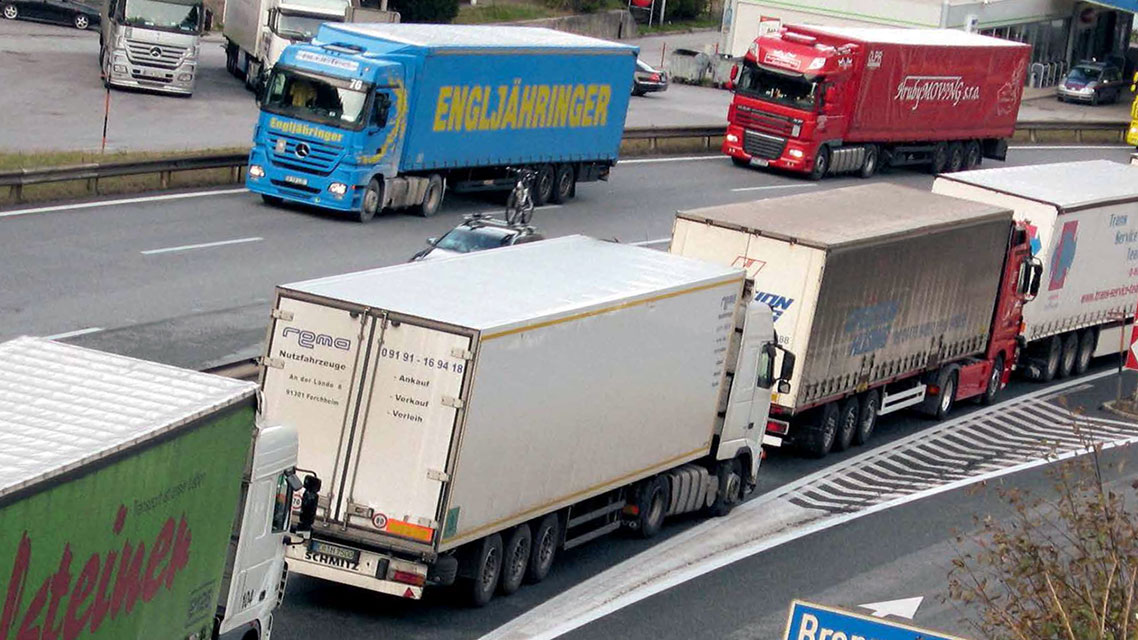
In order to seize control of the flood of trucks, Austria launched the ‘Öko-Punkte‘ project: individual countries were issued contingents of points for their trucks; Kapsch received an order to develop an electronic ‘eco point‘ system in 1996. In doing so, the company beat numerous big players and developed the tolling technology that became the flagship core business of the later Kapsch TrafficCom AG (KTC).
.jpg)
The first country-wide MLFF (multi-lane free-flow) system in the world entered into operation in 2004. Obtaining a strategically important tender for a national toll system provided Kapsch with the foundation for future international success in this business segment.
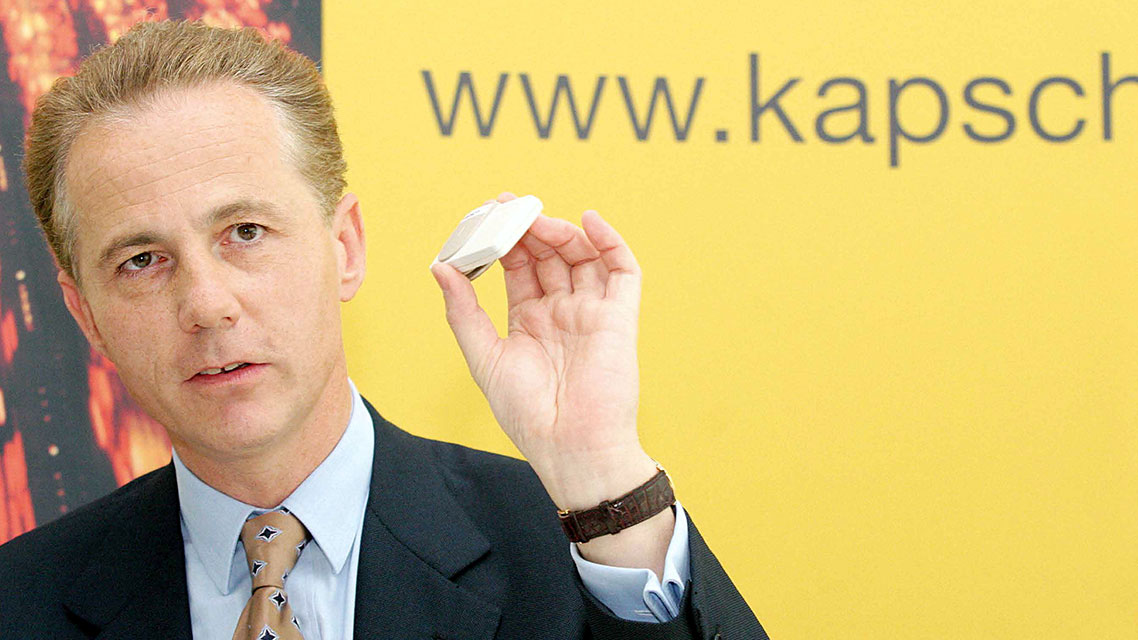
Kapsch TrafficCom was floated on the Vienna Stock Exchange in 2007. After numerous international successes, companies with strategically interesting technical solutions in target markets were to be acquired in order to ensure sustainable growth for the company. The required funds were raised in this very successful initial public offering. In respect of its roots as a traditional family-owned business, Kapsch offered a 20% discount on shares to its employees.
1996: important partner for mobile radio standards
Kapsch participated in the development of all mobile telephony standards since 1980. With the liberalization of the mobile telephony market in 1996, Kapsch became an important partner of Telekom Austria. To this day, the company continues to support Telekom Austria in the implementation of new mobile communications standards.
Interesting: Until 2000, Kapsch also manufactured mobile devices.
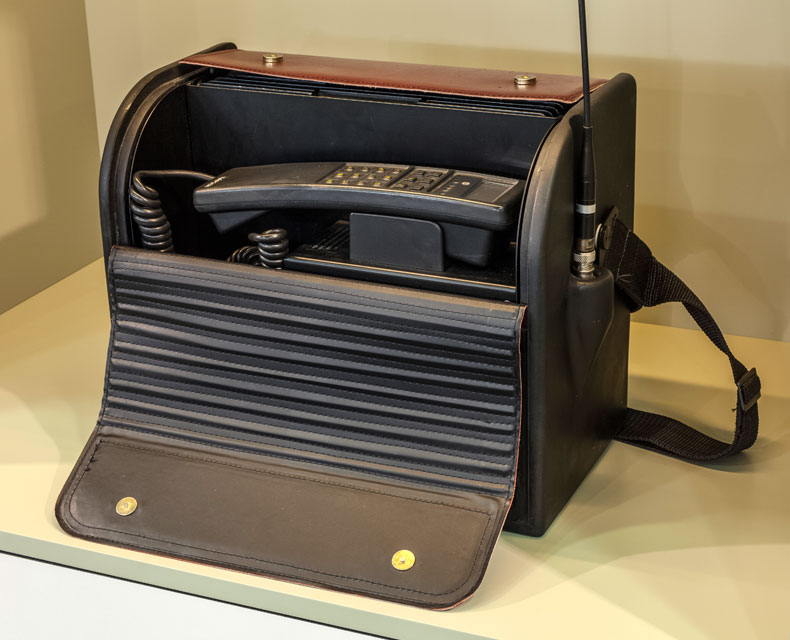
‘MobilStar‘ was designed for operations using the C-network; it featured a memory capacity for 100 telephone numbers. The power supply was also located in the leather carry bag. In total, the mobile telephone weighed 11 kg. It was produced at the Fürstenfeld factory.

The telephone is also becoming mobile in households. A cordless telephone is connected to a base station on the landline network via radio waves. In 1969 the American inventor and radio amateur George Sweigert received a patent for it. The ‘Portastar 420‘ has a range of 50 meters indoors and 300 meters outdoors.
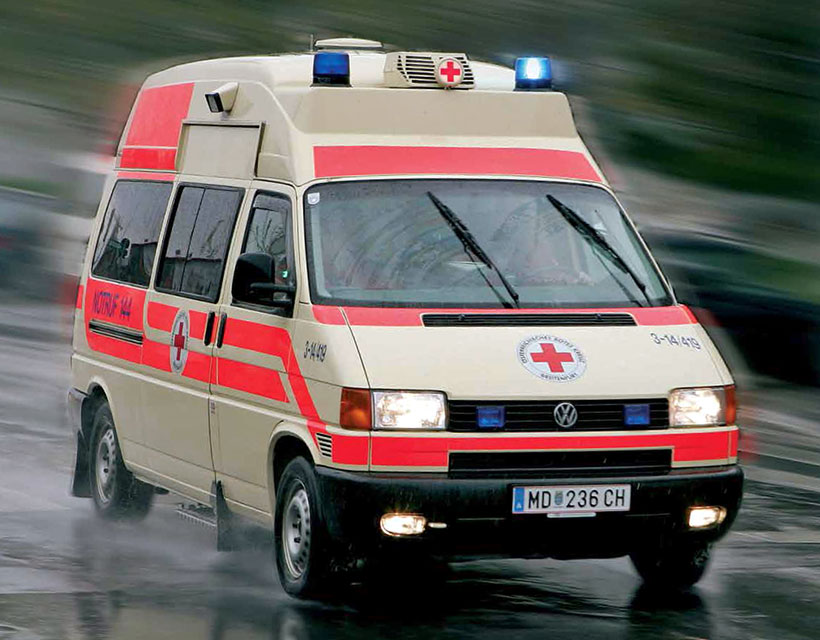
In the year 2000, Kapsch stopped manufacturing terminal devices and began concentrating on the construction of infrastructure for companies in cooperation with Nortel. Since then, numerous projects have been realized by Kapsch BusinessCom. For example, the mobile employees of the Vienna Red Cross were equipped with mobile telephones in around 2005.
2001: The birth of Kapsch BusinessCom AG
Full automation of Austrian telecommunications was completed in 1972. In the highly competitive market of private branch exchanges, Kapsch maintained a strong position with large customers and public authorities. In order to remain competitive, Kapsch acquired Schrack BusinessCom in 2001. Today's Kapsch BusinessCom AG (KBC) was born.
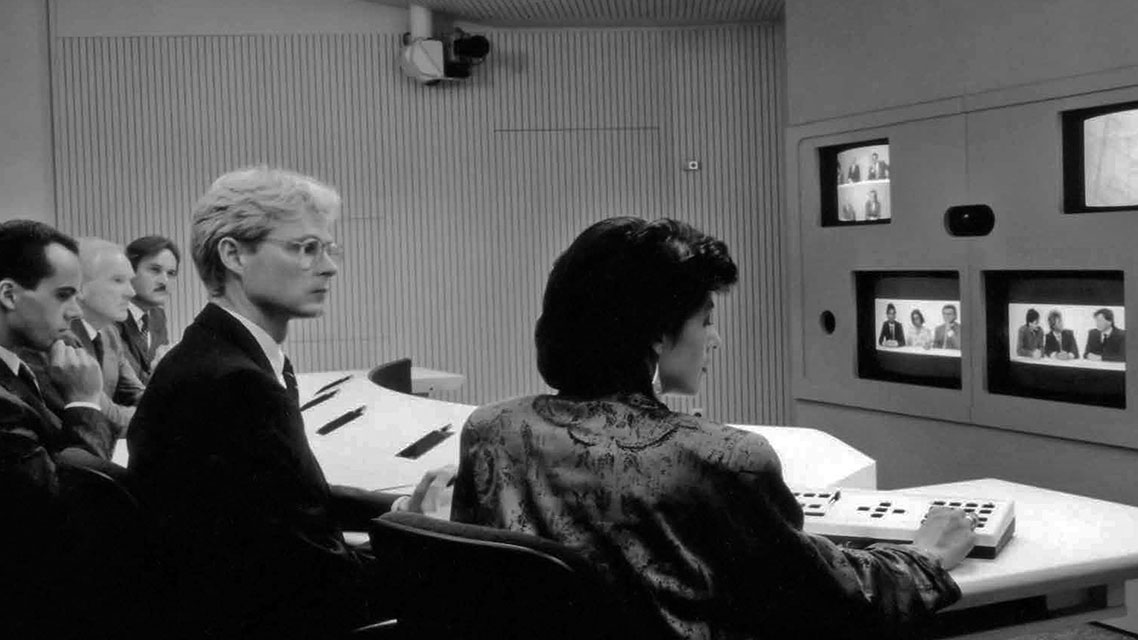
Kapsch installed the first video conference studio on behalf of the Austrian postal services.
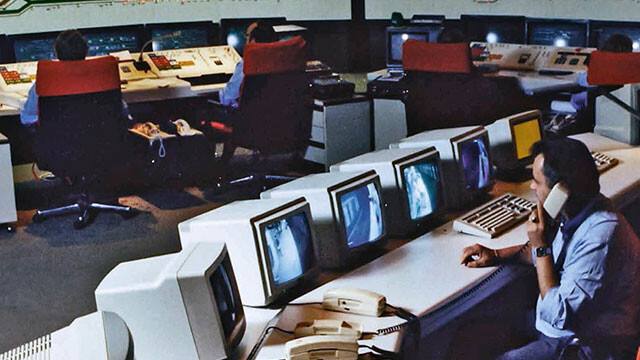
The Karlsplatz control center of the Vienna subway was also based on the ‘DataStar‘ communication system.
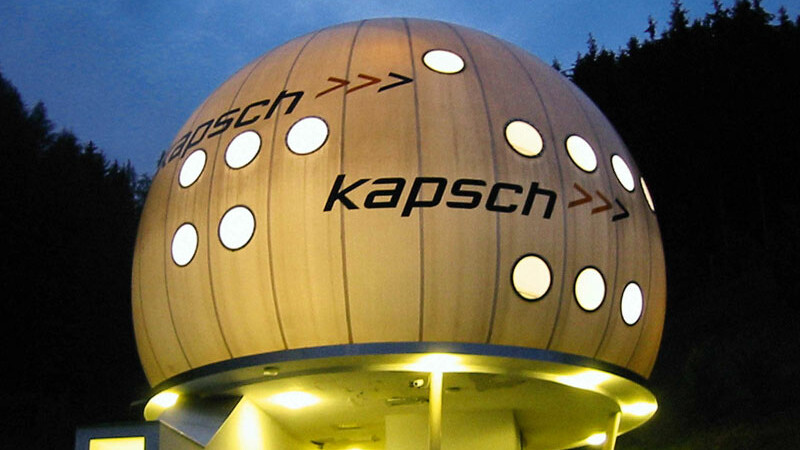
EarthDATASafe is an underground high-security data center in Kapfenberg (Styria) that allows secure storage of sensitive data. It is located up to 250 meters below ground level and has been operated by Kapsch BusinessCom ever since 2008.
Oct. 2021: Kapsch Group to restructure
Kapsch Group can look back on a history of almost 130 years. Since its founding, Kapsch is always a family-run company – currently in its fourth generation. Its success is based primarily on the personal commitment of the entrepreneurial family, the resulting corporate culture and the fact that the Group has continuously developed and reinvented itself over all these years.
With an eye on the next generation of the Kapsch family and to be able to ensure later a smooth transition to the next generation in due course, the Group is being restructured.
Kapsch Group will now focus on the companies Kapsch Aktiengesellschaft and Kapsch TrafficCom. Kapsch Group will be assigned to the sphere of influence of Elisabeth Kapsch and Georg Kapsch and will remain under the leadership of Georg Kapsch as CEO as before. The direct shareholdings of KAPSCH-Group Beteiligungs GmbH in Kapsch TrafficCom AG and the management thereof by Georg Kapsch will not change as a result.
Kapsch BusinessCom leaves Kapsch Group together with Kari Kapsch and operates as K-Businesscom (KBC)* as a stand-alone company since then. Kari Kapsch will remain chairman of the supervisory board of K-Businesscom and the management board will also remain unchanged with Franz Semmernegg and Jochen Borenich. It is planned that Invest Unternehmensbeteiligungs Aktiengesellschaft will join K-Businesscom as a new partner to support the further expansion of K-Businesscom.
*) In June 2023 K-BusinessCom becomes part of the CANCOM Group and at the beginning of 2024 it becomes CANCOM Austria.